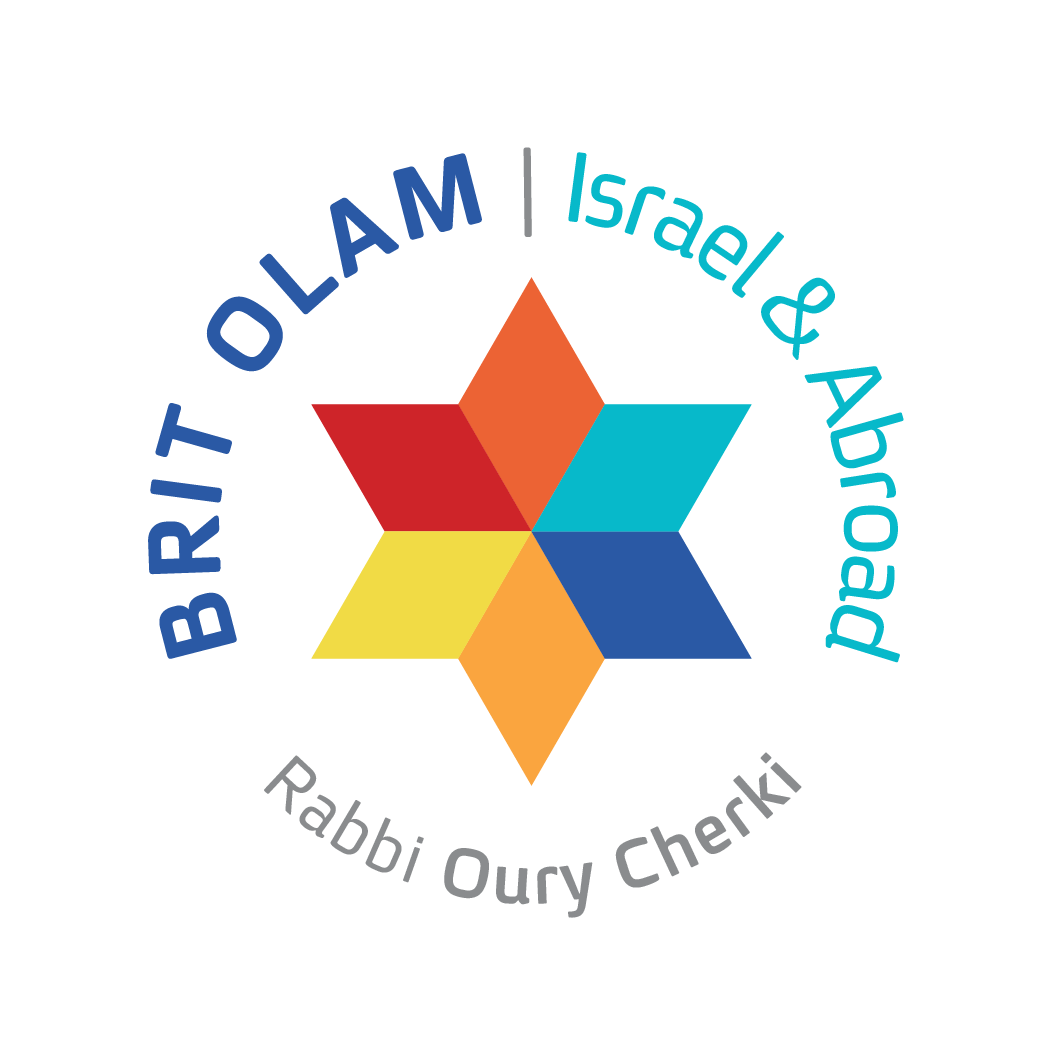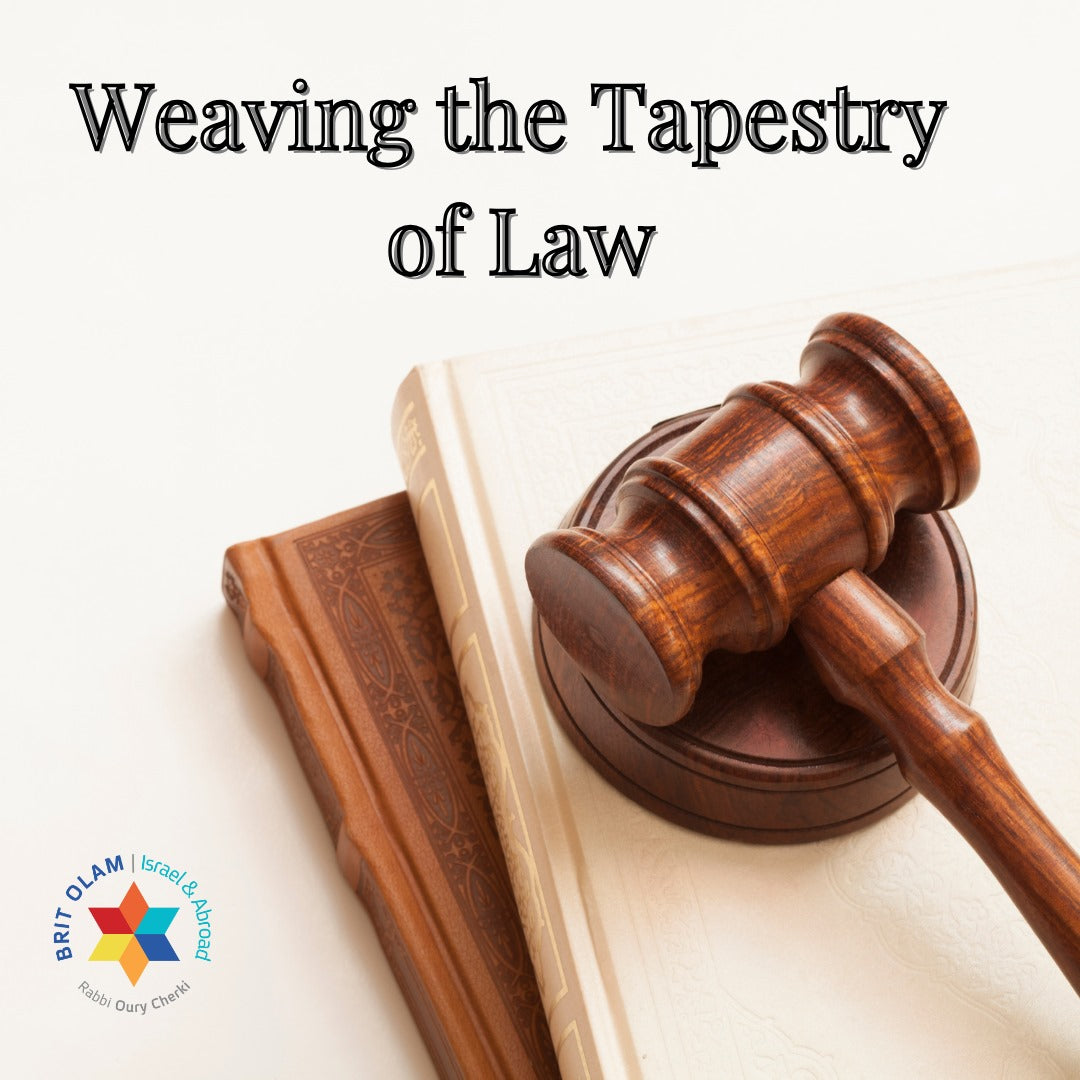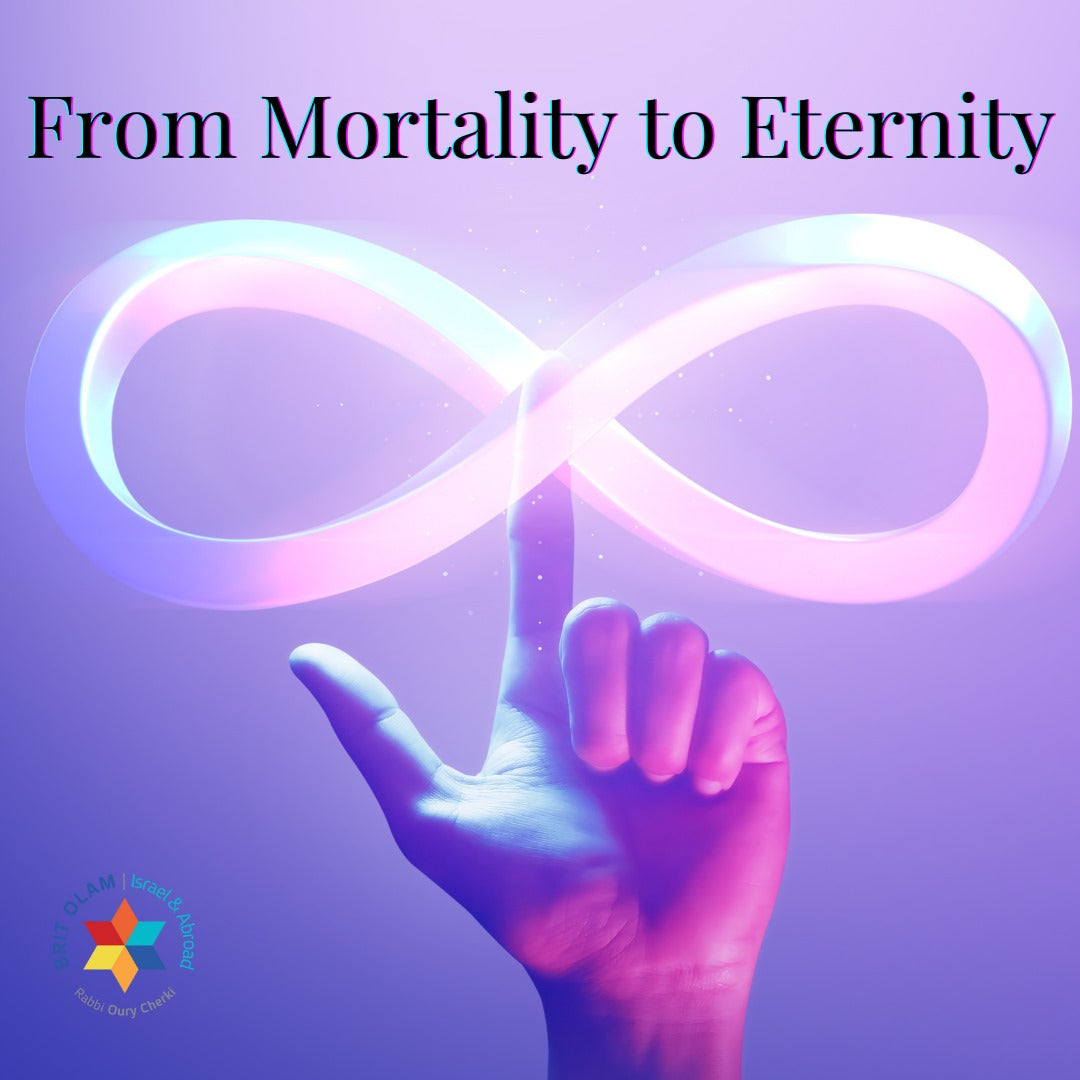In Parshat Hukat, we learn the process of becoming purified from the impurity of death through the red cow's ashes.
The very idea that death defiles a person is, in itself, a disgrace to humanity. The fact that humans are not immortal is a disgrace. We understand where this begins: it starts with the sin of the Tree of Knowledge, and it must be rectified. The state of death's triumph over humans cannot remain eternal. Therefore, the Torah hints through the unique laws of the red cow that death will eventually be eradicated from the world, and the impurity of death will disappear. How?
It's pretty simple. The laws of the red cow involve actions that symbolically recreate the entire process of death and the resurrection of the dead. The largest animal closely associated with humans in ancient times was the cow. It is considered more significant than the bull because although the bull is strong, it does not carry a fetus within it; the cow represents fertility. Why, specifically, a red cow? Red is the color of the material world. Additionally, the cow must be perfect, with no blemishes, never having borne a yoke; it is whole.
In addition, there are other components required for the process of purification through the red cow's ashes: A Cedar which was the largest tree in the Middle East in ancient times. A worm, the lowest form of biological life, and a hyssop, known to be the smallest plant.
The Torah instructs us to take all the boundaries of life, from the red cow to the crimson worm and from the Cedar to the hyssop, and burn them all together until they become ash. Ash is the lowest form of life; it cannot be made into a paste, and represents death at its peak power.
This ash, this death, is then mixed with living water and put into a vessel. What is living water and a vessel? They represent a human being. A person is living water, flowing infinitely - this is the human soul, and the vessel is the body. Thus, in the laws of the red cow, we symbolically take the body and soul as a vessel and living water and mix it with the ash, the remnant of life from both animals and plants. Then, with this, it is possible to revive the dead.
One can essentially say that the entire process of the red cow is symbolic of the loss of life and its restoration through resurrection. So why, if it is so clear, did our sages say in the Midrashim that the secret of the red heifer cannot be understood? I have explained it to you in just a minute and a half. The answer is that what a person cannot comprehend is how the transition is made from life to death and from death to life. This will always remain the secret of the Blessed Creator.



